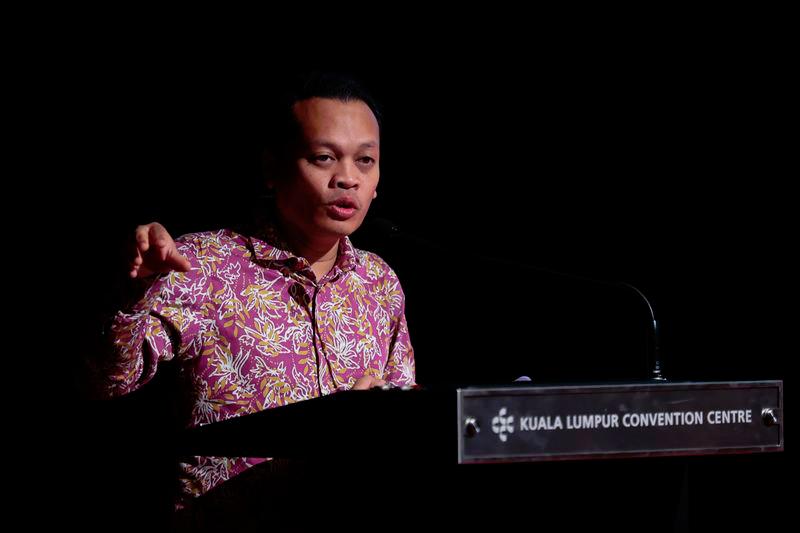KUALA LUMPUR: Cement manufacturers in Malaysia have invested more than RM200 million in air pollution control systems, leading to marked improvements in emissions and environmental outcomes in the country, said the Minister of Natural Resources and Environmental Sustainability (NRES) Nik Nazmi Nik Ahmad.
He said for two decades, the industry players have made significant investments to modernise plants, reducing coal and electricity consumption through advanced production technologies and efficient equipment.
Nik Nazmi therefore urged more industry players to consider low-carbon technologies such as carbon dioxide removals and carbon capture, utilisation and storage (CCUS).
“Incorporating CCUS into cement production is crucial for reducing the industry’s carbon footprint, meeting climate commitments, and positioning companies for a low carbon future as well as complying with international measures.
“The role of other enablers such as carbon pricing initiatives can create economic incentives for companies to adopt CCUS technologies and lower their implementation costs over time,“ he said in his speech at the ASEAN Federation of Cement Manufacturers (AFCM) Symposium and Exhibition launch ceremony here, today.
Meanwhile, he added that by adopting circular economy principles such as repurposing waste streams as alternative raw materials and fuel, the industry could divert nearly three million tonnes of waste from landfills each year, which will be creating a more sustainable production cycle.
He also noted that eco-friendly cement and concrete products have gained traction, helping to reduce the industry’s carbon footprint and supporting regional sustainability goals.
“Adapting green technologies and committing to sustainability are essential for ensuring the long-term competitiveness of the cement sector.
“The government remains firmly committed to decarbonisation and is working closely with partners at both domestic and international levels to promote industrial decarbonisation which will further contribute towards meeting the goals of the Paris Agreement and global net-zero GHG emissions by 2050,“ he said.
He highlighted that continuous dialogue and collaboration between government and the industry stakeholders was crucial to fully align with national and regional climate.
Through knowledge-sharing and best practices, he assured a future can be built that not only meets net-zero emissions targets but also ensures the cement industry’s resilience and growth.









